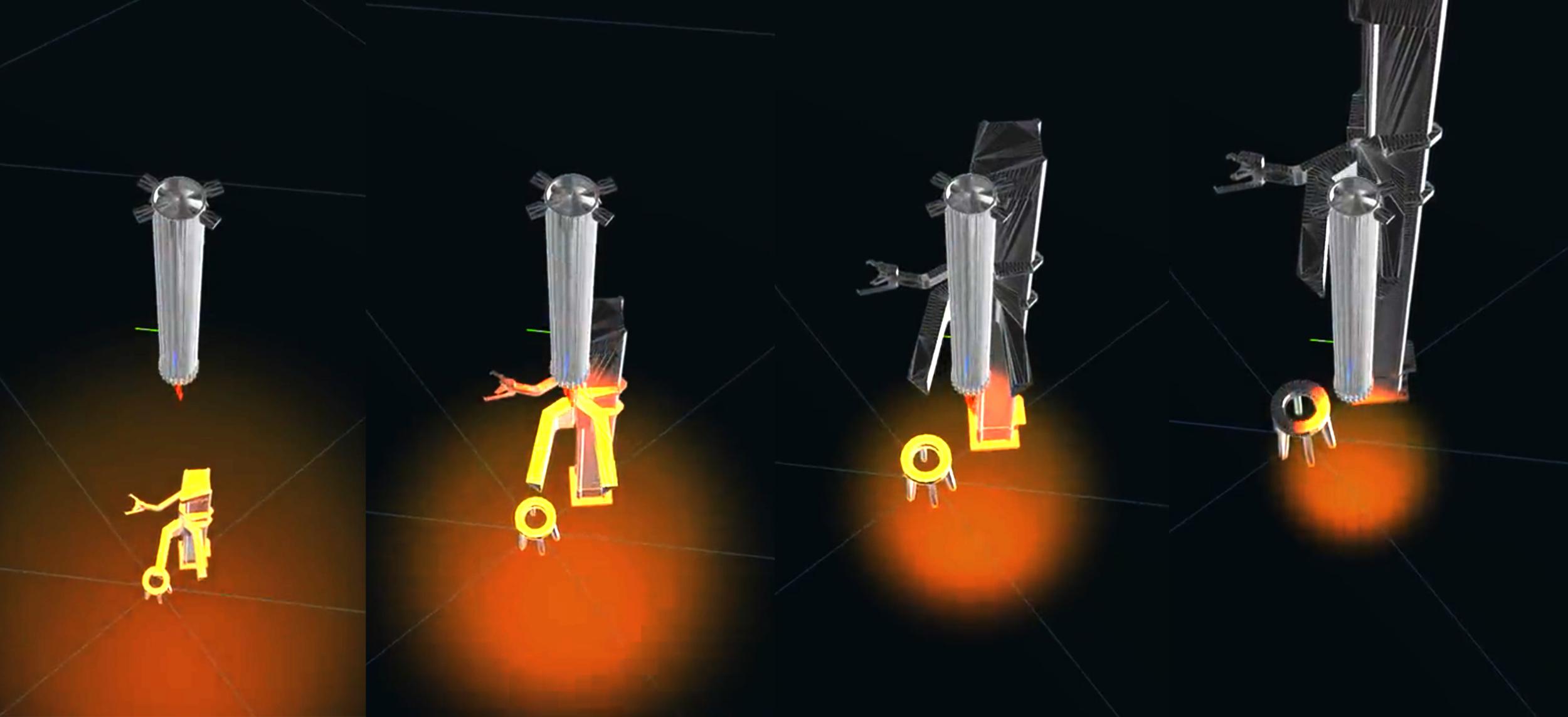
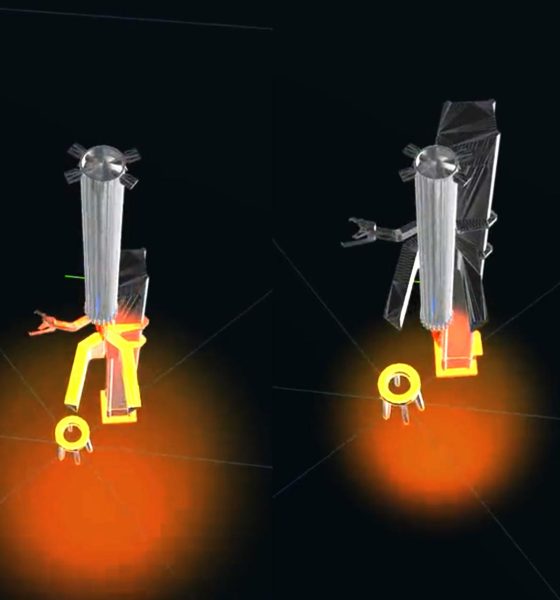
News
SpaceX rocket catch simulation raises more questions about concept
CEO Elon Musk has published the first official visualization of what SpaceX’s plans to catch Super Heavy boosters might look like in real life. However, the simulation he shared raises just as many questions as it answers.
Since at least late 2020, SpaceX CEO Elon Musk has been floating the idea of catching Starships and Super Heavy boosters out of the sky as an alternative to having the several-dozen-ton steel rockets use basic legs to land on the ground. This would be a major departure from SpaceX’s highly successful Falcon family, which land on a relatively complex set of deployable legs that can be retracted after most landings. The flexible, lightweight structures have mostly been reliable and easily reusable but Falcon boosters occasionally have rough landings, which can use up disposable shock absorbers or even damage the legs and make boosters hard to safely recover and slower to reuse.
As a smaller rocket, Falcon boosters have to be extremely lightweight to ensure healthy payload margins and likely weigh about 25-30 tons empty and 450 tons fully fueled – an excellent mass ratio for a reusable rocket. While it’s still good to continue that practice of rigorous mass optimization with Starship, the vehicle is an entirely different story. Once plans to stretch the Starship upper stage’s tanks and add three more Raptors are realized, it’s quite possible that Starship will be capable of launching more than 200 tons (~440,000 lb) of payload to low Earth orbit (LEO) with ship and booster recovery.
One might think that SpaceX, with the most capable rocket ever built potentially on its hands, would want to take advantage of that unprecedented performance to make the rocket itself – also likely to be one of the most complex launch vehicles ever – simpler and more reliable early on in the development process. Generally speaking, that would involve sacrificing some of its payload capability and adding systems that are heavier but simpler and more robust. Once Starship is regularly flying to orbit and gathering extensive flight experience and data, SpaceX might then be able refine the rocket, gradually reducing its mass and improving payload to orbit by optimizing or fully replacing suboptimal systems and designs.
Instead, SpaceX appears to be trying to substantially optimize Starship before it’s attempted a single orbital launch. The biggest example is Elon Musk’s plan to catch Super Heavy boosters – and maybe Starships, too – for the sole purpose of, in his own words, “[saving] landing leg mass [and enabling] immediate reflight of [a giant, unwieldy rocket].” Musk, SpaceX executives, or both appear to be attempting to refine a rocket that has never flown. Further, based on a simulation of a Super Heavy “catch” Musk shared on January 20th, all that oddly timed effort may end up producing a solution that’s actually worse than what it’s trying to replace.
Based on the simulated telemetry shown in the visualization, Super Heavy’s descent to the landing zone appears to be considerably gentler than the ‘suicide burn’ SpaceX routinely uses on Falcon. By decelerating as quickly as possible and making landing burns as short as possible, Falcon saves a considerable amount of propellant during recovery – extra propellant that, if otherwise required, would effectively increase Falcon’s dry mass and decrease its payload to orbit. In the Super Heavy “catch” Musk shared, the booster actually appears to be landing – just on an incredibly small patch of steel on the tower’s ‘Mechazilla’ arms instead of a concrete pad on the ground.
Aside from a tiny bit of lateral motion, the arms appear motionless during the ‘catch,’ making it more of a landing. Further, Super Heavy is shown decelerating rather slowly throughout the simulation and appears to hover for almost 10 seconds near the end. That slow, cautious descent and even slower touchdown may be necessary because of how incredibly accurate Super Heavy has to be to land on a pair of hardpoints with inches of lateral margin for error and maybe a few square feet of usable surface area. The challenge is a bit like if SpaceX, for some reason, made Falcon boosters land on two elevated ledges about as wide as car tires. Aside from demanding accurate rotational control, even the slightest lateral deviation would cause the booster to topple off the pillars and – in the case of Super Heavy – fall about a hundred feet onto concrete, where it would obviously explode.
What that slow descent and final hover mean is that the Super Heavy landing shown would likely cost significantly more delta V (propellant) than a Falcon-style suicide burn. Propellant has mass, so Super Heavy would likely need to burn at least 5-10 tons more to carefully land on arms that aren’t actively matching the booster’s position and velocity. Ironically, SpaceX could probably quite easily add rudimentary, fixed legs – removing most of the bad aspects of Falcon legs – to Super Heavy with a mass budget of 10 tons. But even if SpaceX were to make those legs as simple, dumb, and reliable as physically possible and they wound up weighing 20 tons total, the inherent physics of rocketry mean that adding 20 tons to Super Heavy’s likely 200-ton dry mass would only reduce the rocket’s payload to orbit by about 3-5 tons or 1-3%.
Further, per Musk’s argument that landing on the arms would enhance the speed of reuse, it’s difficult to see how landing Super Heavy or Starship in the exact same corridor – but on the ground instead of on the arms – would change anything. If Super Heavy is accurate enough to land on a few square meters of steel, it must inherently be accurate enough to land within the far larger breadth of those arms. The only process landing on the arms would clearly remove is reattaching the arms to a landed booster or ship, which it’s impossible to imagine would save more than a handful of minutes or maybe an hour of work. SpaceX’s Falcon booster turnaround record is currently 27 days, so it’s even harder to imagine why SpaceX would be worrying about cutting minutes or a few hours off of the turnaround and reuse of a rocket that has never even performed a full static fire test – let alone attempted an orbital-class launch, reentry, or landing.
Put simply, while Starbase’s launch tower arms will undoubtedly be useful for quickly lifting and stacking Super Heavy and Starship, it’s looking more and more likely that using those arms as a landing platform will, at best, be an inferior alternative to basic Falcon-style landings. More importantly, even if everything works perfectly, the arms actually cooperate with boosters to catch them, and it’s possible for Super Heavy to avoid hovering and use a more efficient suicide burn, the apparent best-case outcome of all that effort is marginally faster reuse and perhaps a 5% increase in payload to orbit. Only time will tell if such a radical change proves to be worth such marginal benefits.

News
Tesla is not sparing any expense in ensuring the Cybercab is safe
Images shared by the longtime watcher showed 16 Cybercab prototypes parked near Giga Texas’ dedicated crash test facility.
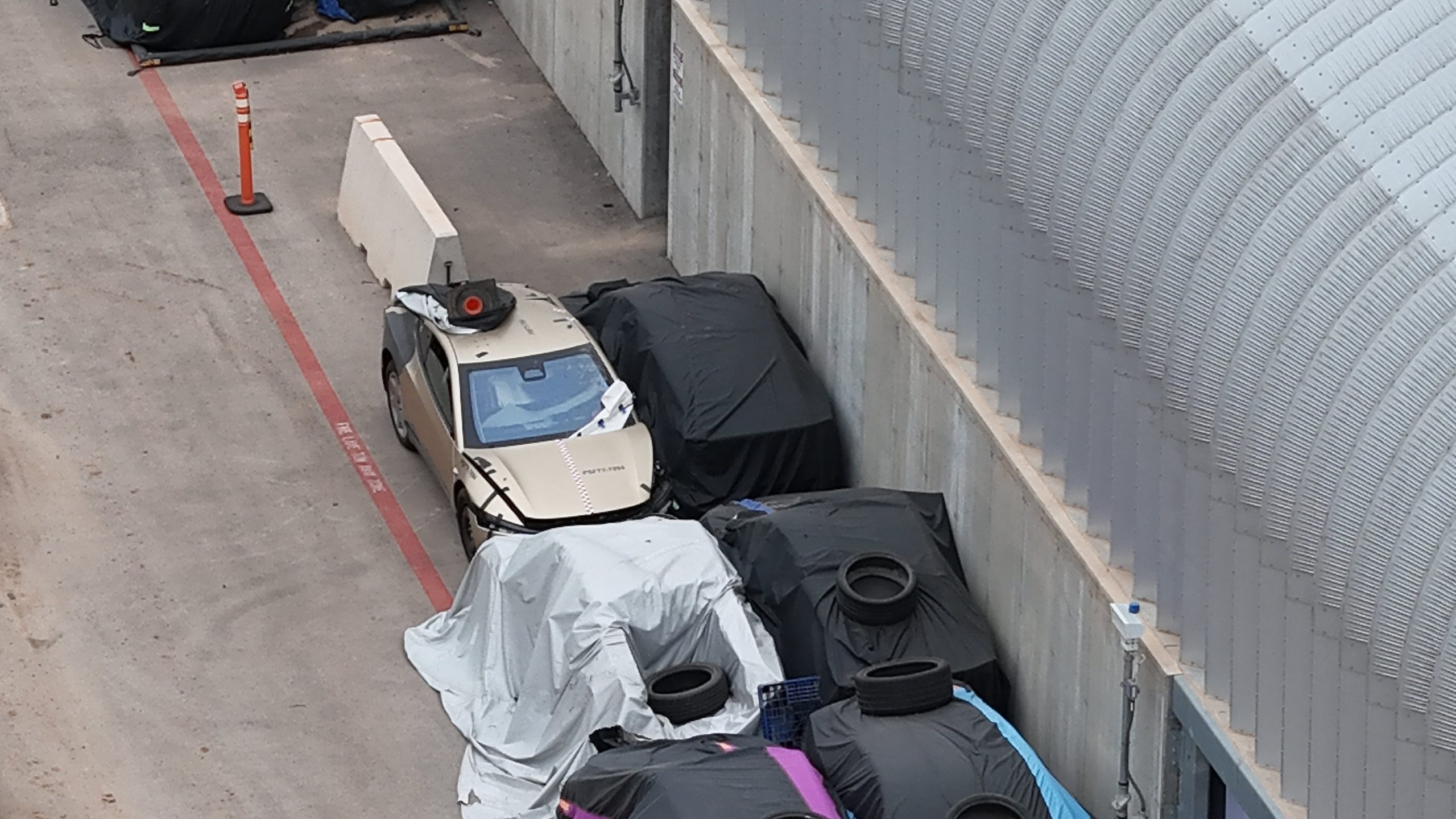
The Tesla Cybercab could very well be the safest taxi on the road when it is released and deployed for public use. This was, at least, hinted at by the intensive safety tests that Tesla seems to be putting the autonomous two-seater through at its Giga Texas crash test facility.
Intensive crash tests
As per recent images from longtime Giga Texas watcher and drone operator Joe Tegtmeyer, Tesla seems to be very busy crash testing Cybercab units. Images shared by the longtime watcher showed 16 Cybercab prototypes parked near Giga Texas’ dedicated crash test facility just before the holidays.
Tegtmeyer’s aerial photos showed the prototypes clustered outside the factory’s testing building. Some uncovered Cybercabs showed notable damage and one even had its airbags engaged. With Cybercab production expected to start in about 130 days, it appears that Tesla is very busy ensuring that its autonomous two-seater ends up becoming the safest taxi on public roads.
Prioritizing safety
With no human driver controls, the Cybercab demands exceptional active and passive safety systems to protect occupants in any scenario. Considering Tesla’s reputation, it is then understandable that the company seems to be sparing no expense in ensuring that the Cybercab is as safe as possible.
Tesla’s focus on safety was recently highlighted when the Cybertruck achieved a Top Safety Pick+ rating from the Insurance Institute for Highway Safety (IIHS). This was a notable victory for the Cybertruck as critics have long claimed that the vehicle will be one of, if not the, most unsafe truck on the road due to its appearance. The vehicle’s Top Safety Pick+ rating, if any, simply proved that Tesla never neglects to make its cars as safe as possible, and that definitely includes the Cybercab.
Elon Musk
Tesla’s Elon Musk gives timeframe for FSD’s release in UAE
Provided that Musk’s timeframe proves accurate, FSD would be able to start saturating the Middle East, starting with the UAE, next year.
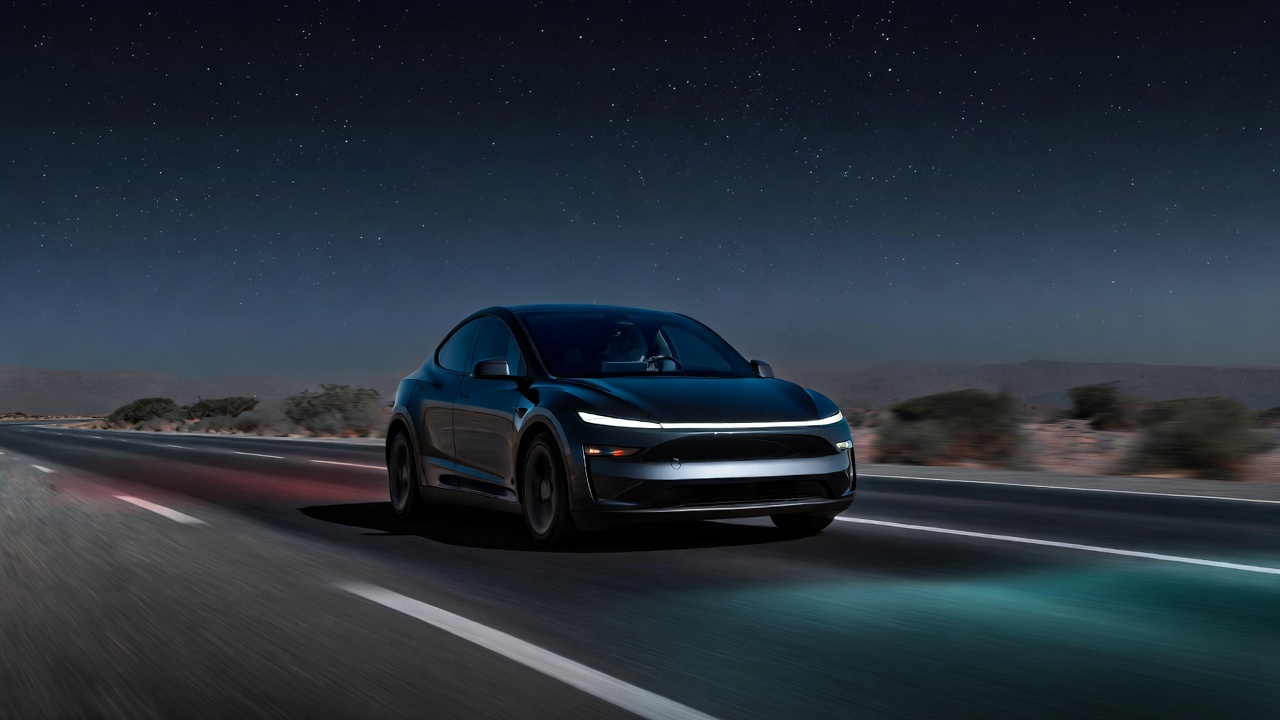
Tesla CEO Elon Musk stated on Monday that Full Self-Driving (Supervised) could launch in the United Arab Emirates (UAE) as soon as January 2026.
Provided that Musk’s timeframe proves accurate, FSD would be able to start saturating the Middle East, starting with the UAE, next year.
Musk’s estimate
In a post on X, UAE-based political analyst Ahmed Sharif Al Amiri asked Musk when FSD would arrive in the country, quoting an earlier post where the CEO encouraged users to try out FSD for themselves. Musk responded directly to the analyst’s inquiry.
“Hopefully, next month,” Musk wrote. The exchange attracted a lot of attention, with numerous X users sharing their excitement at the idea of FSD being brought to a new country. FSD (Supervised), after all, would likely allow hands-off highway driving, urban navigation, and parking under driver oversight in traffic-heavy cities such as Dubai and Abu Dhabi.
Musk’s comments about FSD’s arrival in the UAE were posted following his visit to the Middle Eastern country. Over the weekend, images were shared online of Musk meeting with UAE Defense Minister, Deputy Prime Minister, and Dubai Crown Prince HH Sheikh Hamdan bin Mohammed. Musk also posted a supportive message about the country, posting “UAE rocks!” on X.
FSD recognition
FSD has been getting quite a lot of support from foreign media outlets. FSD (Supervised) earned high marks from Germany’s largest car magazine, Auto Bild, during a test in Berlin’s challenging urban environment. The demonstration highlighted the system’s ability to handle dense traffic, construction sites, pedestrian crossings, and narrow streets with smooth, confident decision-making.
Journalist Robin Hornig was particularly struck by FSD’s superior perception and tireless attention, stating: “Tesla FSD Supervised sees more than I do. It doesn’t get distracted and never gets tired. I like to think I’m a good driver, but I can’t match this system’s all-around vision. It’s at its best when both work together: my experience and the Tesla’s constant attention.” Only one intervention was needed when the system misread a route, showcasing its maturity while relying on vision-only sensors and over-the-air learning.
News
Tesla quietly flexes FSD’s reliability amid Waymo blackout in San Francisco
“Tesla Robotaxis were unaffected by the SF power outage,” Musk wrote in his post.
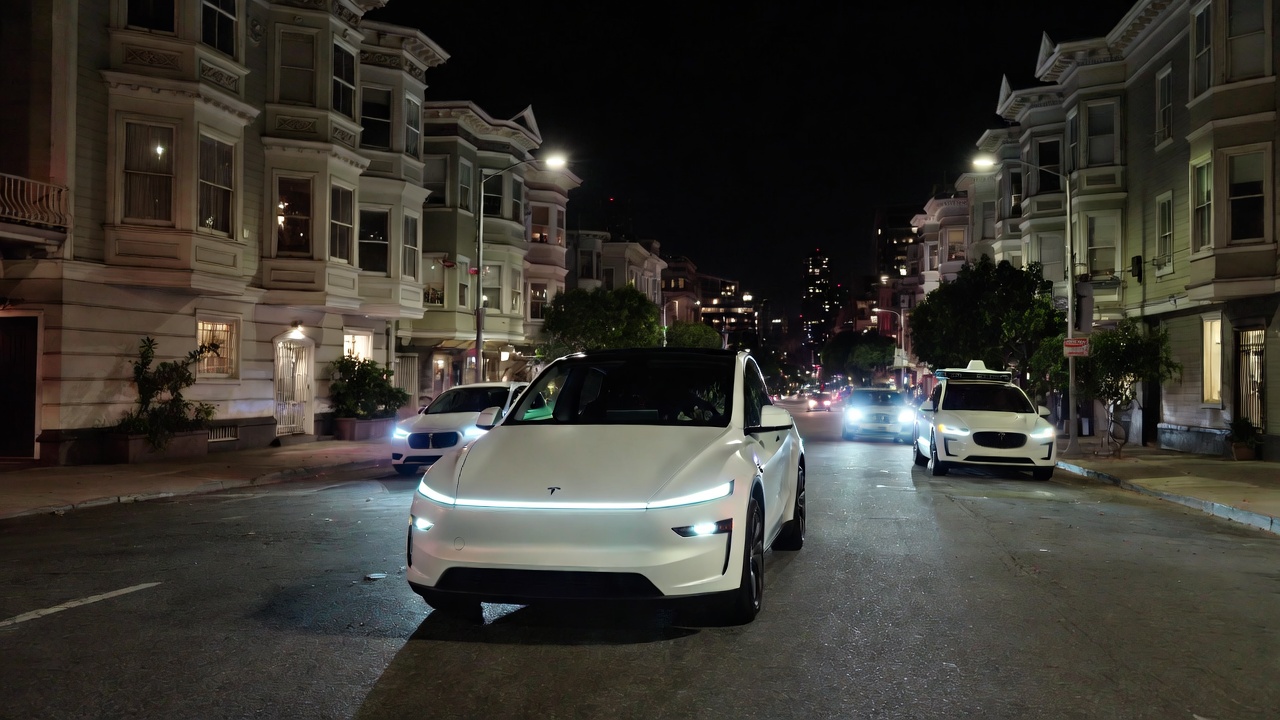
Tesla highlighted its Full Self-Driving (Supervised) system’s robustness this week by sharing dashcam footage of a vehicle in FSD navigating pitch-black San Francisco streets during the city’s widespread power outage.
While Waymo’s robotaxis stalled and caused traffic jams, Tesla’s vision-only approach kept operating seamlessly without remote intervention. Elon Musk amplified the clip, highlighting the contrast between the two systems.
Tesla FSD handles total darkness
The @Tesla_AI account posted a video from a Model Y operating on FSD during San Francisco’s blackout. As could be seen in the video, streetlights, traffic signals, and surrounding illumination were completely out, but the vehicle drove confidently and cautiously, just like a proficient human driver.
Musk reposted the clip, adding context to reports of Waymo vehicles struggling in the same conditions. “Tesla Robotaxis were unaffected by the SF power outage,” Musk wrote in his post.
Musk and the Tesla AI team’s posts highlight the idea that FSD operates a lot like any experienced human driver. Since the system does not rely on a variety of sensors and a complicated symphony of factors, vehicles could technically navigate challenging circumstances as they emerge. This definitely seemed to be the case in San Francisco.
Waymo’s blackout struggles
Waymo faced scrutiny after multiple self-driving Jaguar I-PACE taxis stopped functioning during the blackout, blocking lanes, causing traffic jams, and requiring manual retrieval. Videos shared during the power outage showed fleets of Waymo vehicles just stopping in the middle of the road, seemingly confused about what to do when the lights go out.
In a comment, Waymo stated that its vehicles treat nonfunctional signals as four-way stops, but “the sheer scale of the outage led to instances where vehicles remained stationary longer than usual to confirm the state of the affected intersections. This contributed to traffic friction during the height of the congestion.”
A company spokesperson also shared some thoughts about the incidents. “Yesterday’s power outage was a widespread event that caused gridlock across San Francisco, with non-functioning traffic signals and transit disruptions. While the failure of the utility infrastructure was significant, we are committed to ensuring our technology adjusts to traffic flow during such events,” the Waymo spokesperson stated, adding that it is “focused on rapidly integrating the lessons learned from this event, and are committed to earning and maintaining the trust of the communities we serve every day.”








